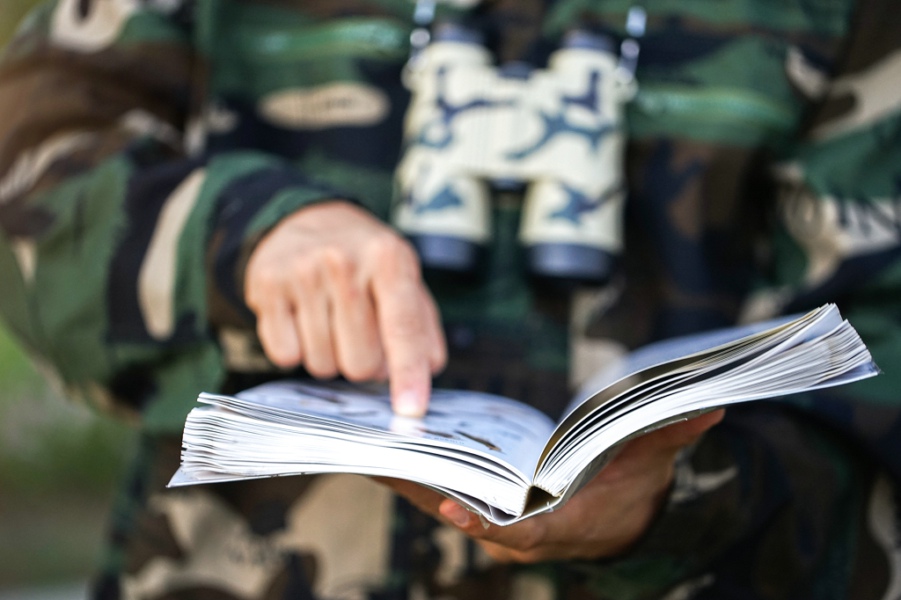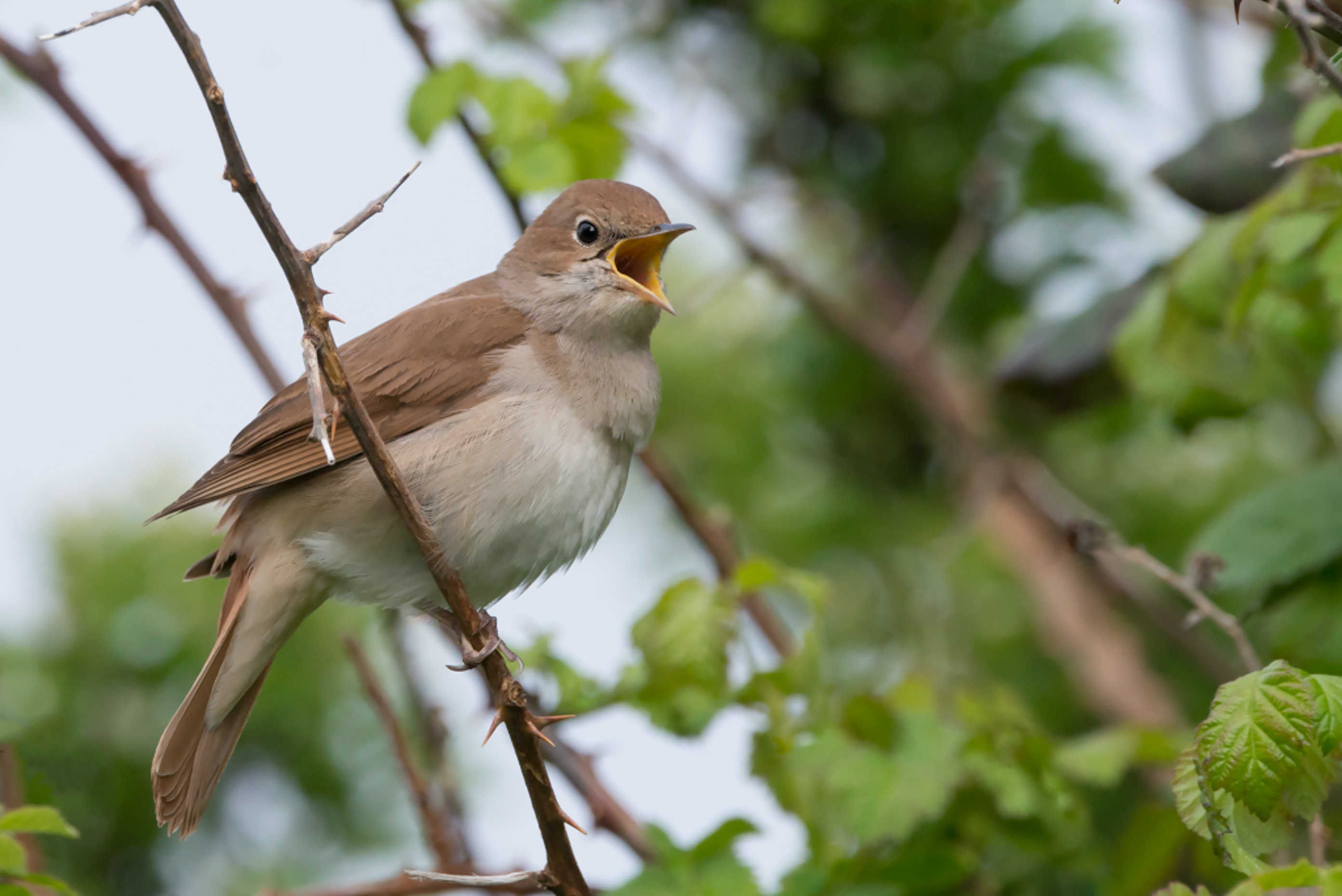Birdwatching is a very rewarding activity with many benefits. You get in touch with nature, you gain scientific knowledge about birds, and your confidence increases as you see your birding skills improve. But the beginning is always the hardest part. How should we prepare before going to the field? What should we look for there? Should we follow any specific guidelines?
Birdwatching For Beginners
Proper equipment
While there are many helpful tools such as books, videos, etc., nothing can be compared with field experience. The more time you spent in the field, the better your skills will become.
Some essential tools that you have to equip yourself with before starting are the following:
- A practical guide to the birds
A good field guide includes a picture of the bird, a description, and a range map. Also, it should contain a diagram of the bird at the beginning of the book with the various body parts.
- A good pair of binoculars
This helps us to better observe the details of a bird such as marks, color, and even behavior.
- A notebook that fits in our backpack.
This will help us record our observations and keep useful notes.
Study before fieldwork
Before fieldwork, you should study the body parts of the bird carefully. This will allow you to better communicate with other birders, and understand better the descriptions in the practical guide. You should also become aware of the species in your study area. State and local checklists can inform you about the species in your area, their migration patterns, and what species to expect in each season. Finally, keep your own bird life list. Keep a track of all the birds you observe in different locations at different times of the year.

Identification in the field
Identification in the field mostly relies on our sight. However, our sense of hearing might be more helpful in identifying birds. Several audio guides in the market can help you make associations between birds and their sounds.
What to look for in the field?
Once you have made associations between birds and their sounds, you can look for a variety of clues in the field. Size, shape, behavior, flight characteristics, field marks, season, location, and sounds are the basic clues that can lead you to the identification of a species.
What should I record?
It is very important to make good field notes. You should always record the time of the day, season, weather conditions, and location. Also, you should take detailed notes on characteristics such as plumage, size, shape, and behavior. Finally, you should write down any type of interaction among individuals such as aggression.
Birding ethics

While birdwatching, you should always protect birds and their environment by following certain guidelines:
- You should never disturb birds or their habitat. Walk softly, and don’t touch their nesting areas or eggs.
- Stay in established areas and let motor vehicles out of the field.
- Don’t use any recordings to attract birds. This might bring them in danger.
- If you look for endangered species, you should strictly follow the relevant rules.
- Don’t leave any trash behind.
- In cases of larger groups, you better divide them into smaller ones, as they cause less disturbance.
- Support national and local bird conservation organizations.